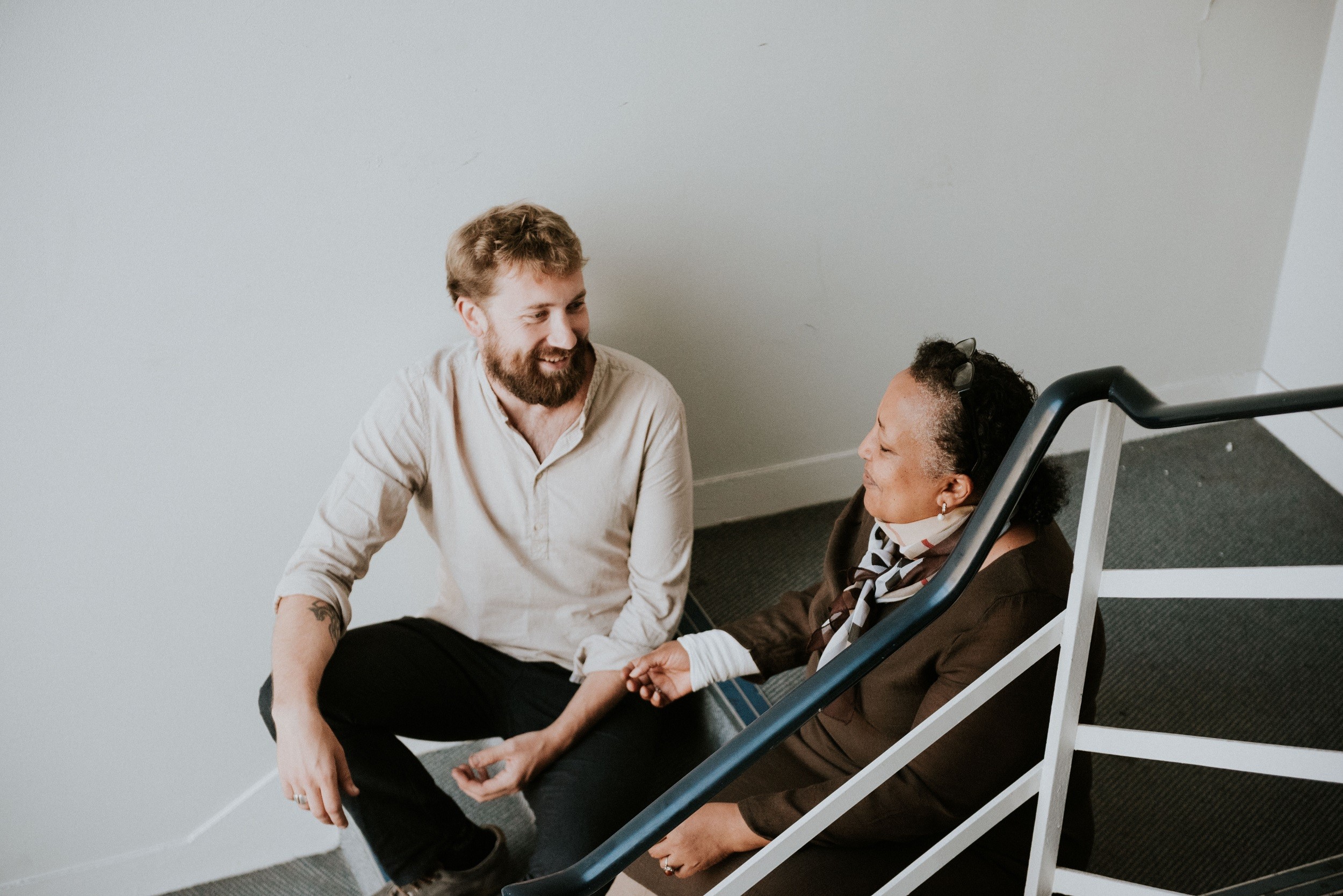A checklist for thinking about merger
1. Focus on fundamental questions
After the 2008 financial crisis, and more recently after the outbreak of the coronavirus pandemic, we found that organisations were more likely to survive and, over time, thrive if they were open to asking themselves fundamental questions such as: Who are we? What are we trying to achieve? What is the best vehicle to make that happen? At a moment of crisis, there may also be an opportunity to focus minds and bring the possibility of merger into discussions about the future.
2. The importance of a vision
For organisations with their backs against the wall, the proposition may be: the preservation of something versus the gradual disappearance of everything. Even if you enter merger explorations on the back foot – preoccupied, say, by survival rather than growth – it’s still important to identify and then pursue a positive agenda about change. Keeping a service going might not feel like the most compelling vision, but that may be the vision that is possible right now.
3. Merger may not be the answer
However bleak your prospects, merger may not be the answer. In addition to a shared vision, you need a feel for the fit with your potential partner(s). Do you have enough in common, enough shared values, to trust in the potential of a merger to work? There is no shame in concluding not. For organisations whose aims are no longer appropriate; for whom sources of public funding on which they were overwhelmingly dependent no longer exist; who have not been able to make a transition to a new environment, or find a sustainable alternative business model, it may be more responsible to close down rather than compete with others or struggle on, hand to mouth. Or there may be steps short of merger that can at least preserve some of what has been achieved – such as hiving off a non-loss-making service, or simply much closer collaboration.
4. Engage with deal breakers
Possible merger partners need to think about possible deal breakers upstream. These might include questions of identity (including name and brand), location, service model, and staffing. Without the luxury of time, or resources to support a staged process, it will still be important to articulate and be mindful of what each partner is not prepared to give up or take on. Without, at best, addressing these ‘red lines’ or, at worst, putting in place plans to do so, the risk of failure will increase.
5. Resolve the leadership question
There is one key deal breaker which will need to be resolved as early as possible in the process: leadership. Here, as with all design considerations in a merger, form needs to follow function. In other words, what kind of leadership will the new, merged entity require to give it the best chance of succeeding?
6. Take your time
Some people may be able to consider merger carefully and patiently with their boards, staff and partners; others may be in more of a hurry and feel they have little choice – whatever your circumstances, we recommend fully exploring the feasibility of merger with your prospective partner(s) before you commit.

